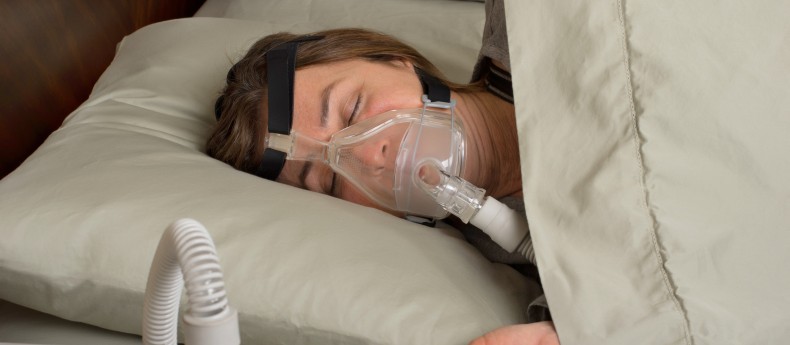
Sleep Apnea, What Is It?
When It Comes To Sleep Quality And Quantity Are Both Important
We spend over a quarter of our lives asleep; however, it is not just the quantity of sleep that is important; it is also the quality of the sleep. Sleep is divided into deep and light stages, while the latter is of limited help in refreshing us. The deeper sleep that comprises about one third of the time we spend asleep is the most valuable. The most refreshing sleep of all is that which is accompanied by rapid eye movements and comprises about twenty per cent of our sleeping time.
What Is Sleep Apnea And How Does It Affect Sleep?
Sleep Apnea is a disorder where the patient has episodes in which their breathing stops while they are asleep. The episodes may last as short as ten seconds and as long as a minute and can happen either very occasionally or several hundred times a night. Snoring is a warning that the sleeper may be a victim of sleep apnea.
Between two to four percent of the world’s population are estimated to suffer with this problem. The symptoms are loud snoring, excessive daytime tiredness, frequent night visits to the bathroom, mood swings, low sex drive, morning headache and waking up with a very dry mouth. Some patients may even be aware they have had an episode; they may wake up frequently either knowing that they have stopped breathing or with a choking feeling.
What Treatments Are Available?
The treatment of sleep disorders differs from patient to patient. For some, simple environmental and behavioral changes may be the answer. There are some patients who only snore and only have apnea problems when they are lying on their backs. If this positional problem can be corrected the Sleep Apnea may be eliminated. Overweight people are much more likely to suffer from the problem and a program of dietary restraint and added exercise may be another route to improving the problem.
For others, surgery may be in the answer. This approach is much more likely to be successful in children than in adults. Removing the tonsils, adenoids or other growths may correct the structural problems and make breathing easier and sleep more energizing. Parents often notice that after these operations a child’s whole attitude, personality and performance in school will improve.
The most common effective treatment for Sleep Apnea is nasal continuous positive airway pressure (CPAP). The patient wears a mask over the nose at night, and pressure from an air blower forces through the nasal passage. This prevents airway closure and prevents Sleep Apnea. More sophisticated devices have been developed that respond to the patients breathing pattern and apply the pressure only when needed.
Copyright United Family Healthcare 2014 All right reserved - 京卫网审[2014]第1927号 - 京ICP备13017554号-4






